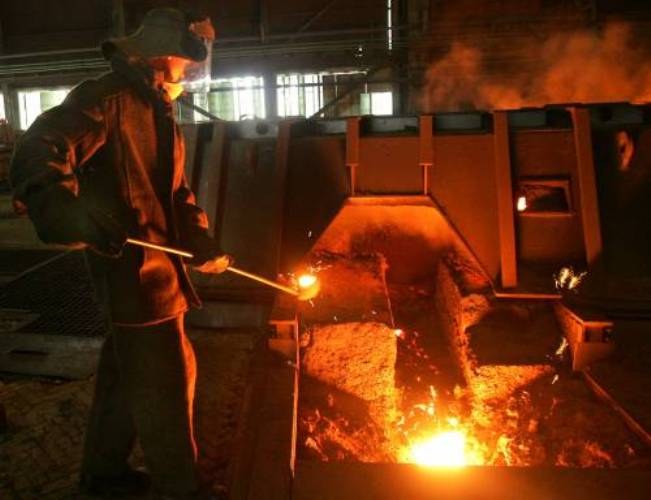You will need
- electric melting furnace;
- graphite powder;
- - the anvil;
- - a hammer.
Instruction
1
Determine the dimensions of the electric furnace. They are not standard and depend on the goals you set for yourself, and the amount of iron that you are going to melt. Consider also the capacity of the electric network and transformer output voltage. If the furnace volume having dimensions 100х60х50 mm, can be melted several tens of grams of metal.
2
As electrodes for electric furnaces use brushes from the powerful motor. If this is not possible, fabricate brushes of used graphite electrode, it drilled two side holes. In hole insert stranded copper wire. To improve the contact with graphite powder on the inside of the electrodes make the notch with a file.
3
For the manufacture of the lining layer of the furnace wall use mica. The outer walls fortify asbestos tiles with a thickness of about 10 mm. Wind wall soft copper wire.
4
Make a lining for a furnace of conventional bricks, placed it on a metal tray with sides.
5
Graphite powder get of old rods with a file with a large notch.
6
To connect the furnace to the mains use the step-down transformer 25 V. the Collected kiln connect to the transformer with thick copper conductors with outer insulation. Ready oven pre-heat before melting.
7
For the smelting of iron first with special blades make a well in the middle of the furnace hole. Put into it a portion of the metal and bury. If the source material you're using a scrap of different sizes, put in the oven the largest piece and add smaller ones.
8
After cooling of the metal to turn it over and melt again. Repeat the operation several times until the workpiece will not become spherical, which indicates a good quality of the melt.
9
If necessary, after melting of metal billets forging machine using an anvil and a small hammer.
10
When melting, be careful. The mains switch of the transformer must be located near the stove so you can turn the device off at any time. Do not leave the heater unattended.
Useful advice
Additional source:
"Heat treatment of metals: tutorial for universities", B. S. Natapov, 1980.
"Heat treatment of metals: tutorial for universities", B. S. Natapov, 1980.
